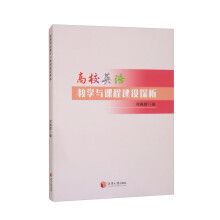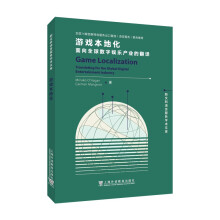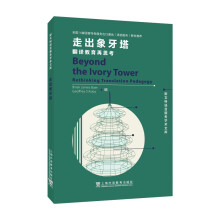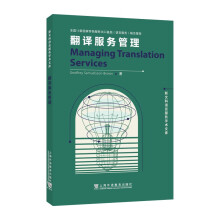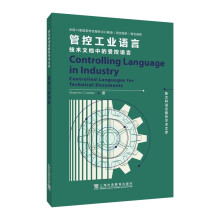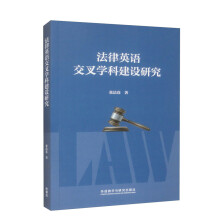Acknowledgements xxii
1 Introduction 1
1.1 About you... 2
1.2 What is stylistics? 3
1.3 Some debates about the methods and purpose of stylistics 6
1.4 The background to the study of language and literature 9
1.5 The purpose of this book 10
1.6 The structure of this book 11
2 Sound and metre in poetry 15
2.1 Introduction 16
2.2 Sound patterning 17
2.3 Stress and metrical patterning 32
2.4 Conventional forms of metre and sound 38
2.5 The poetic functions of sound and metre 43
2.6 Analysis of poetry: checklist 45
Suggestions for further reading 47
3 Grammar and literary style 49
3.1 Introduction 50
3.2 What is grammar? 52
3.3 Attitudes to grammar: prescription and description 52
3.4 Two levels of grammar: morphology and syntax 54
3.5 Word classes 58
3.6 Describing noun and verb phrases 64
3.7 Describing sentences 70
3.8 Foregrounding and grammatical form 75
3.9 Analysis of grammar: checklist 79
Suggestions for further reading 80
4 Meaning 81
4.1 Introduction 82
4.2 Semantics 82
4.3 Context 88
4.4 Register 92
4.5 Literal language and figurative language 95
4.6 Metaphor and language change 111
4.7 Functions of figurative language use 112
4.8 Analysis of meaning: checklist 113
Suggestions for further reading 114
5 Stylistic applications to drama 115
5.1 Introduction 116
5.2 How should we analyse drama? 118
5.3 Differences between speech and writing 121
5.4 Analysing dramatic language 130
5.5 Analysis of dramatic texts: checklist 142
Suggestions for further reading 143
6 From classic realism to modernism and postmodernism 145
6.1 Introduction 146
6.2 Literary perspectives on realist texts 147
6.3 The emergence of realism 152
6.4 Stylistic characteristics of realist texts 153
6.5 After classic realism 165
6.6 The origins of modernism 169
6.7 Stylistic characteristics of modernist texts 169
6.8 The origins of postmodernism 172
6.9 Stylistic characteristics of postmodernist texts 174
6.10 The function of style in fiction 180
6.11 Analysis of fiction: checklist 183
Suggestions for further reading 184
7 Style in popular texts 185
7.1 Introduction 186
7.2 Exploiting patterns in sound and meaning: headline texts 187
7.3 Lexical creativity 189
7.4 Targeting the reader 190
7.5 Reference and deixis 197
7.6 Transferring meaning: metaphors in advertising 201
7.7 Analysis of popular texts: checklist 204
Suggestions for further reading 206
8 Theory and style: next steps 207
8.1 Overview 208
8.2 Linguistics and literary criticism 209
8.3 Texts and the reader 211
8.4 Text as discourse 212
8.5 Critical text analysis 213
8.6 Theory and practice: some further questions 215
8.7 Conclusions 216
Suggested answers to activities 217
Glossary 237
References 249
Bibliography 255
Index 261
展开

